The lying leg curl is a popular exercise in strength training that primarily targets the hamstrings, the muscles located at the back of the thighs. This movement, often performed using a leg curl machine, provides an effective way to build strength, flexibility, and muscle mass in the hamstrings. In this article, we’ll dive deep into the benefits, proper techniques, and tips to maximize your results with the lying leg curl.
What is the Lying Leg Curl?
The lying leg curl is a hamstring isolation exercise that involves lying face down on a machine with a padded bar resting across your lower calves. The goal is to curl your legs upward, bringing your heels toward your glutes, and then slowly return to the starting position. It’s typically done with a lying leg curl machine, although variations using cables or resistance bands can also be used.
Key Benefits of the Lying Leg Curl
-
Hamstring Strength and Size: The primary benefit of the lying leg curl is its ability to isolate the hamstrings. Strong hamstrings are crucial for overall leg strength, stability, and injury prevention, especially for athletes or those who engage in lower-body exercises like squats and deadlifts.
-
Improved Flexibility: Regularly performing lying leg curls can help improve flexibility in the hamstrings, which plays an important role in reducing the risk of muscle strains and improving overall mobility.
-
Prevention of Muscle Imbalances: Many leg exercises, such as squats and leg presses, tend to focus on the quadriceps (front of the thigh). The lying leg curl balances this by focusing on the hamstrings, helping to prevent muscle imbalances that could lead to injury or poor posture.
-
Injury Rehabilitation: The lying leg curl is commonly used in rehabilitation settings to help strengthen the hamstrings after an injury. It is a controlled movement that places minimal stress on the knee joint, making it ideal for those recovering from knee injuries.
-
Core Engagement: While the hamstrings are the primary target, the exercise also engages the glutes and core. Proper core engagement ensures stability throughout the movement and maximizes the activation of the hamstrings.
How to Perform the Lying Leg Curl Correctly
To perform the lying leg curl with perfect form, follow these steps:
-
Set Up the Machine: Adjust the leg curl machine to your body size by ensuring the pad rests just above your ankles. The lever should be positioned so that you can comfortably curl your legs without straining.
-
Position Your Body: Lie face down on the machine with your chest against the pad and your feet secured under the ankle pad. Grip the handles on the side of the machine for extra stability.
-
Perform the Curl: Keeping your hips pressed against the machine, bend your knees and curl your legs up toward your glutes, ensuring your heels come as close to your glutes as possible.
-
Pause and Squeeze: At the top of the movement, pause for a moment and squeeze your hamstrings for maximum contraction.
-
Lower Slowly: Return your legs to the starting position slowly and with control, resisting gravity as you lower the weight.
-
Repeat: Perform the desired number of repetitions, typically 10-15 per set. Aim for 3-4 sets for optimal muscle activation.
Common Mistakes to Avoid
-
Lifting Too Heavy: Using excessive weight can compromise your form and lead to injuries. Start with a weight that allows you to perform the exercise with proper form and gradually increase it as you build strength.
-
Not Fully Extending the Legs: Ensure that you fully extend your legs at the bottom of the movement. Failing to do so limits the effectiveness of the exercise and could lead to underdeveloped hamstrings.
-
Jerking or Using Momentum: Avoid jerking the weight or using momentum to perform the movement. Keep the motion slow and controlled to fully engage the hamstrings and prevent strain.
-
Arching Your Back: Arching your back can put unnecessary stress on the spine. Keep your body flat and stable on the machine to prevent injury.
Variations of the Lying Leg Curl
While the standard lying leg curl is highly effective, there are variations that can help target the hamstrings in different ways:
-
Single-Leg Lying Leg Curl: This variation involves curling one leg at a time, allowing for more focus on each leg and addressing potential muscle imbalances.
-
BOSU Ball Lying Leg Curl: Using a BOSU ball instead of a machine can challenge your balance and core stability while working your hamstrings.
-
Machine with Adjustable Foot Position: Some leg curl machines offer an adjustable foot pad, allowing you to target the hamstrings from different angles by adjusting your foot position.
Combining Lying Leg Curls with Other Hamstring Exercises
To fully develop your hamstrings, consider combining lying leg curls with other exercises that target the posterior chain, such as:
-
Romanian Deadlifts: A compound movement that targets the hamstrings, glutes, and lower back.
-
Leg Press: A machine-based exercise that also works the quads, glutes, and hamstrings.
-
Good Mornings: A bodyweight exercise that strengthens the hamstrings, lower back, and core.
-
Hip Thrusts: A glute-dominant movement that also engages the hamstrings for a complete posterior chain workout.
Conclusion
The lying leg curl is a highly effective exercise for strengthening and sculpting the hamstrings. When performed correctly, it can help enhance athletic performance, improve flexibility, and prevent muscle imbalances. By focusing on proper technique, avoiding common mistakes, and combining the movement with other complementary exercises, you can maximize your results and achieve stronger, more defined hamstrings. Whether you're new to fitness or an advanced athlete, incorporating the lying leg curl into your routine will bring numerous benefits to your leg training program.


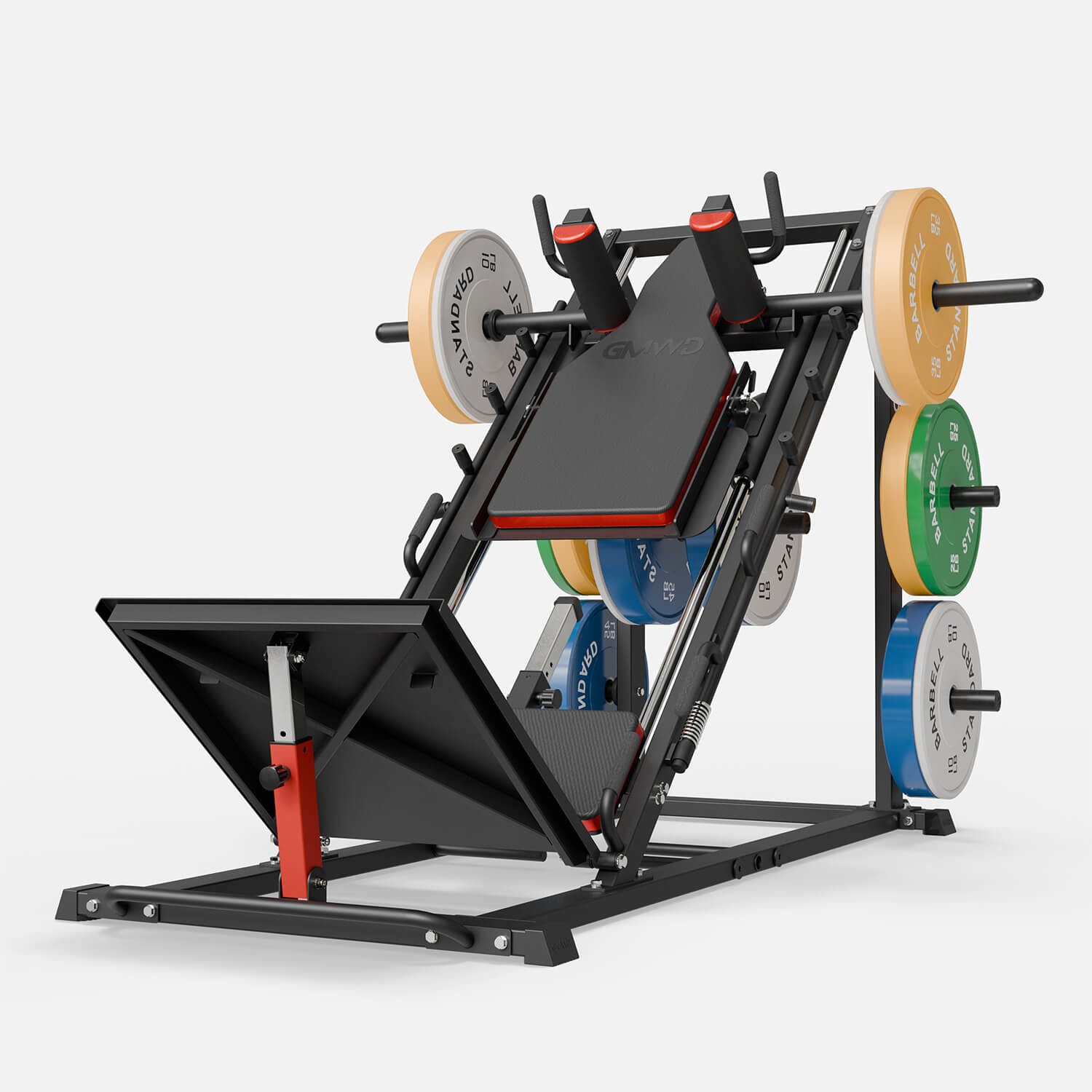
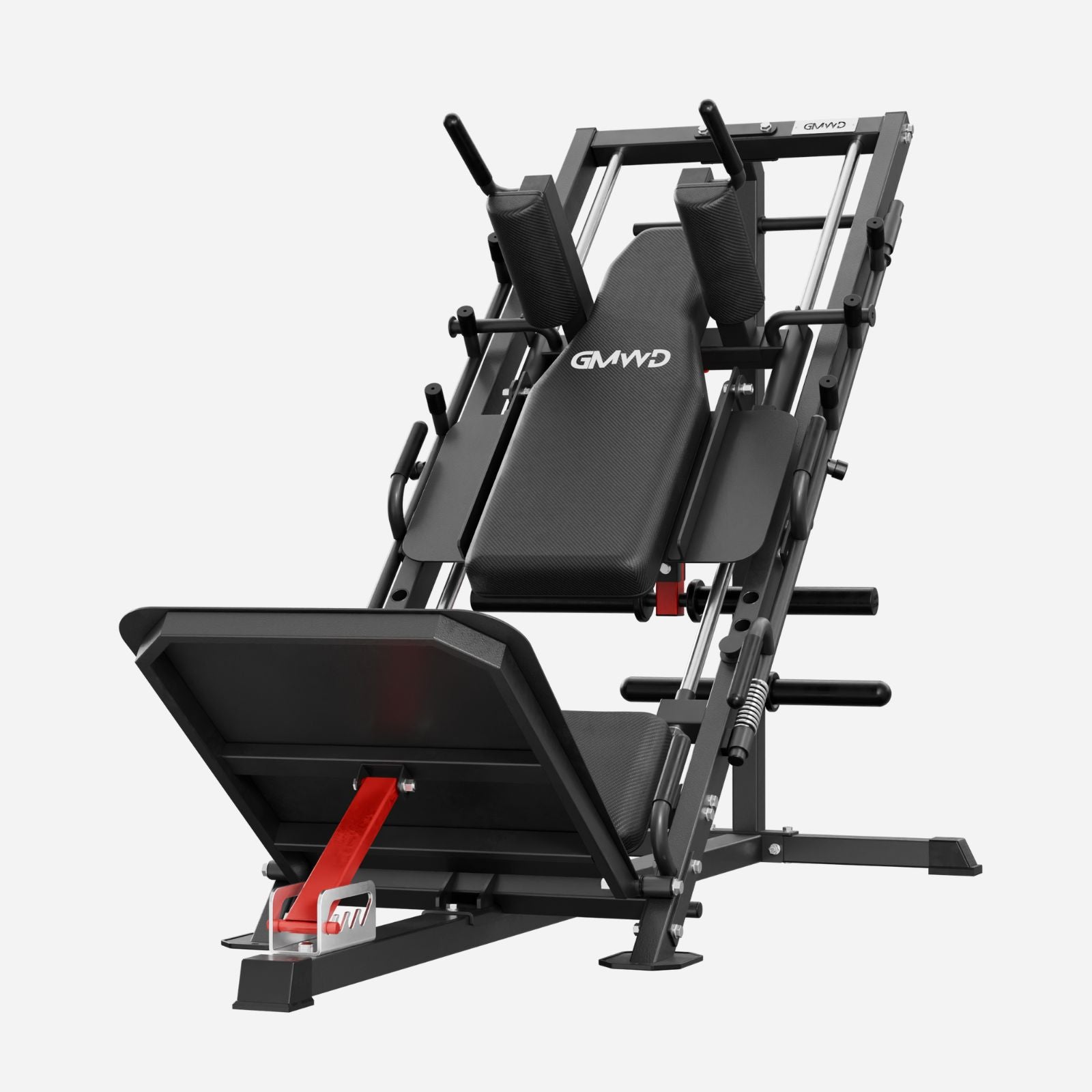

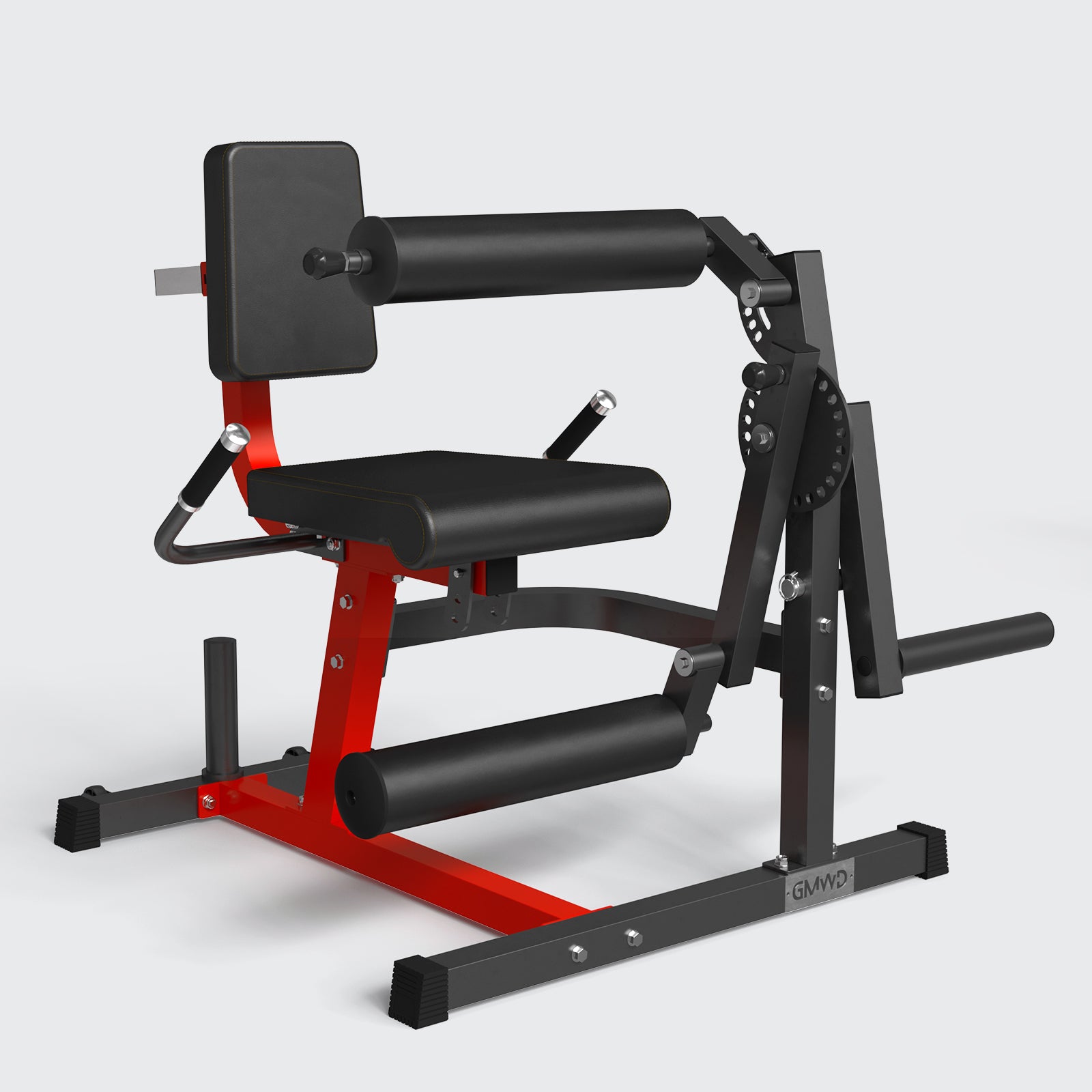
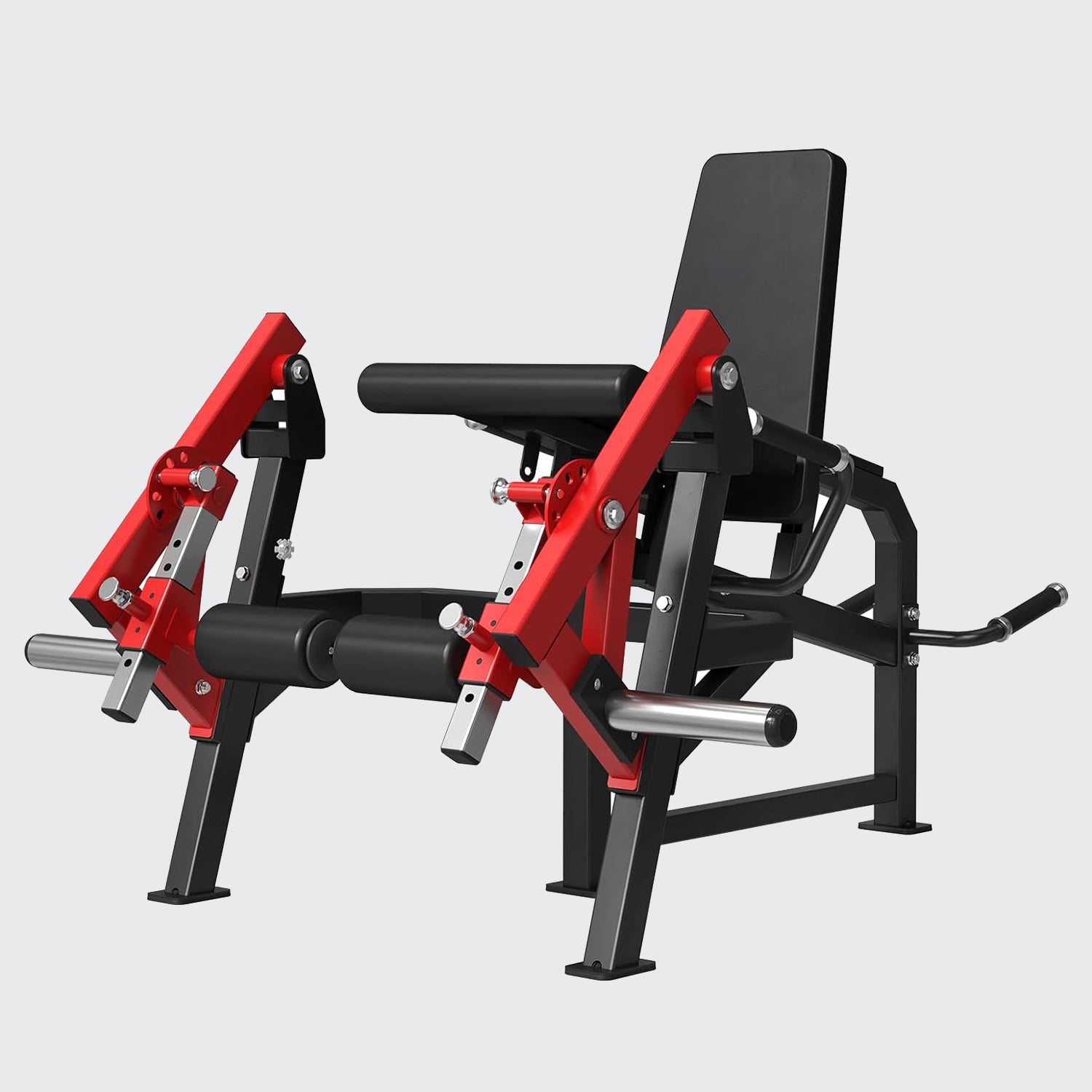
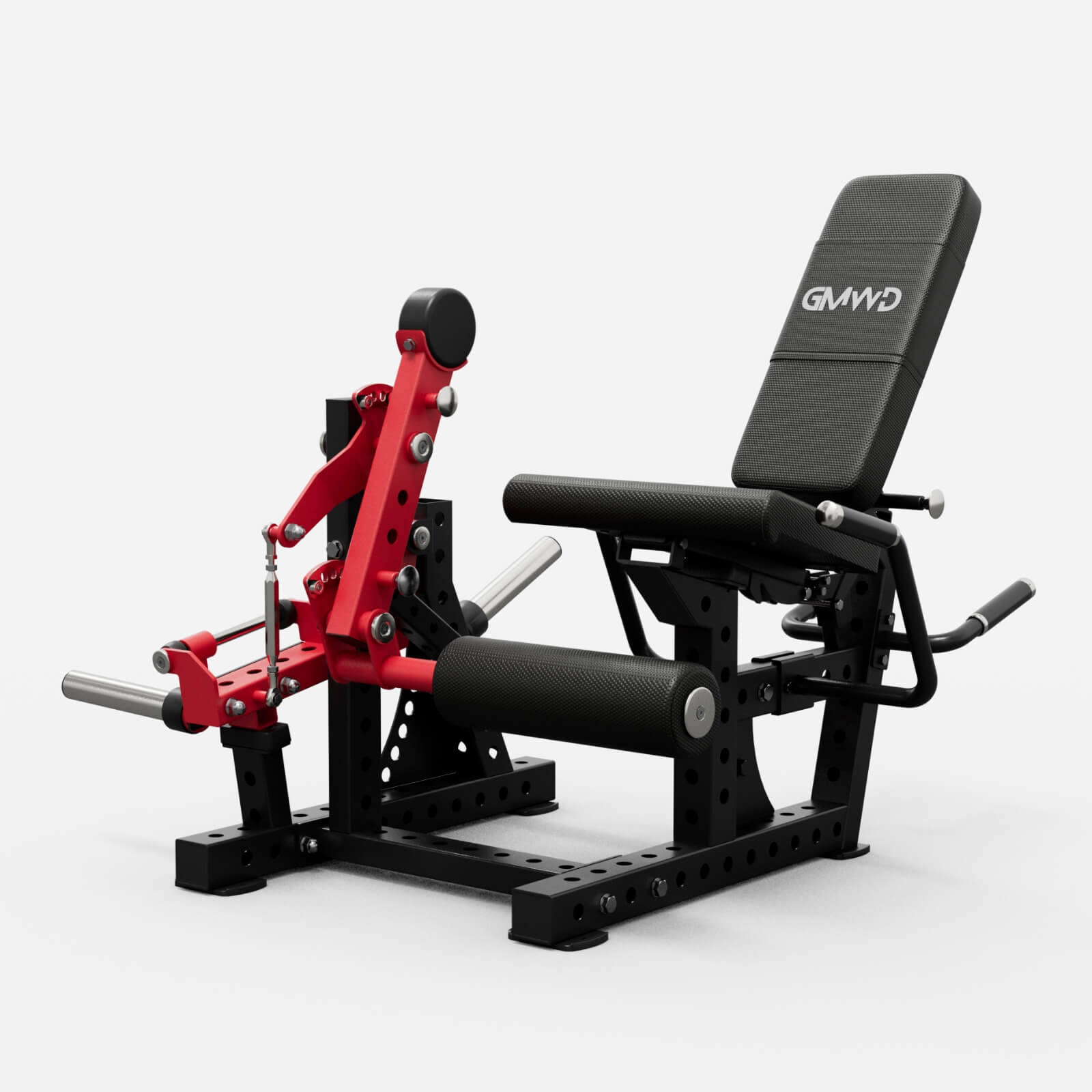
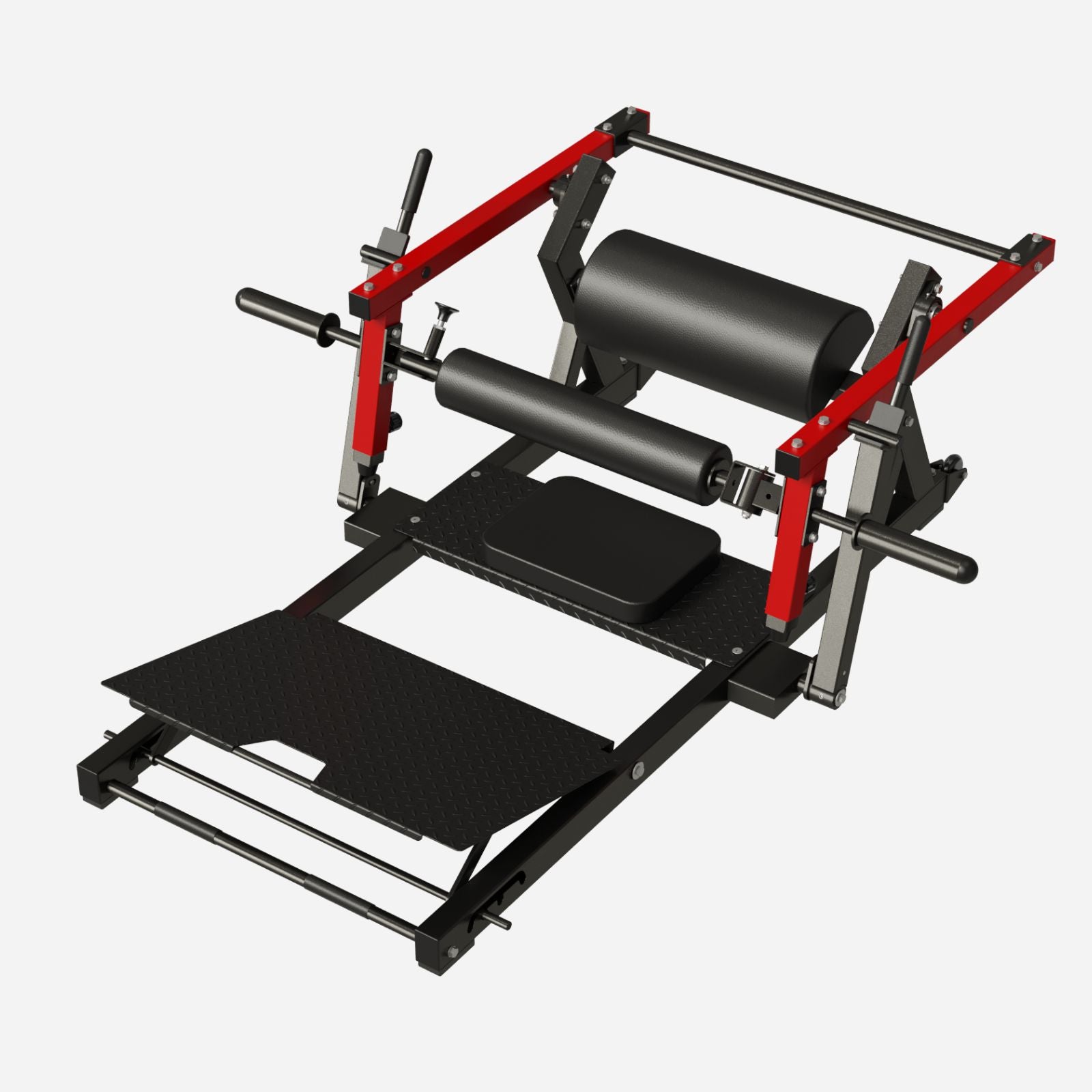

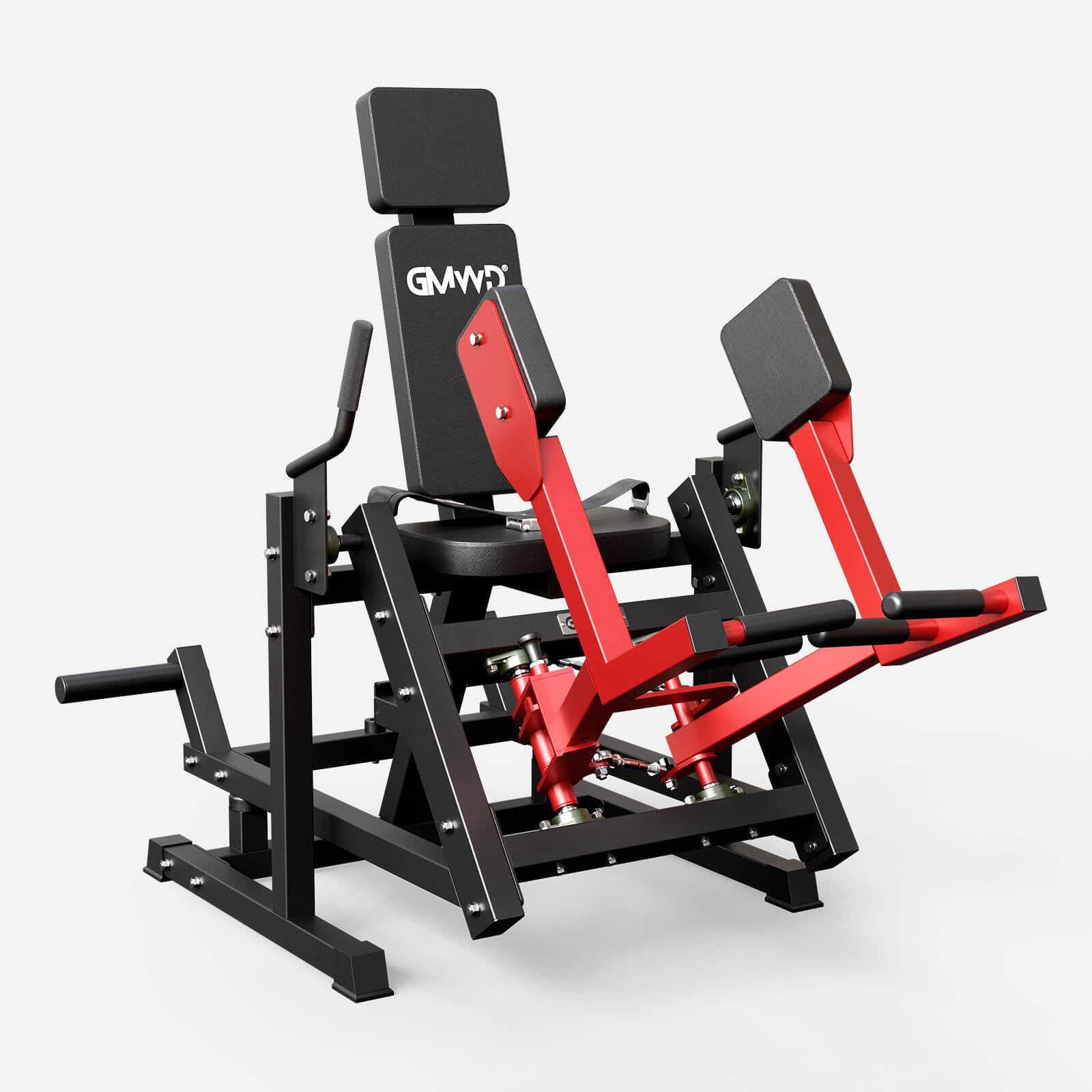
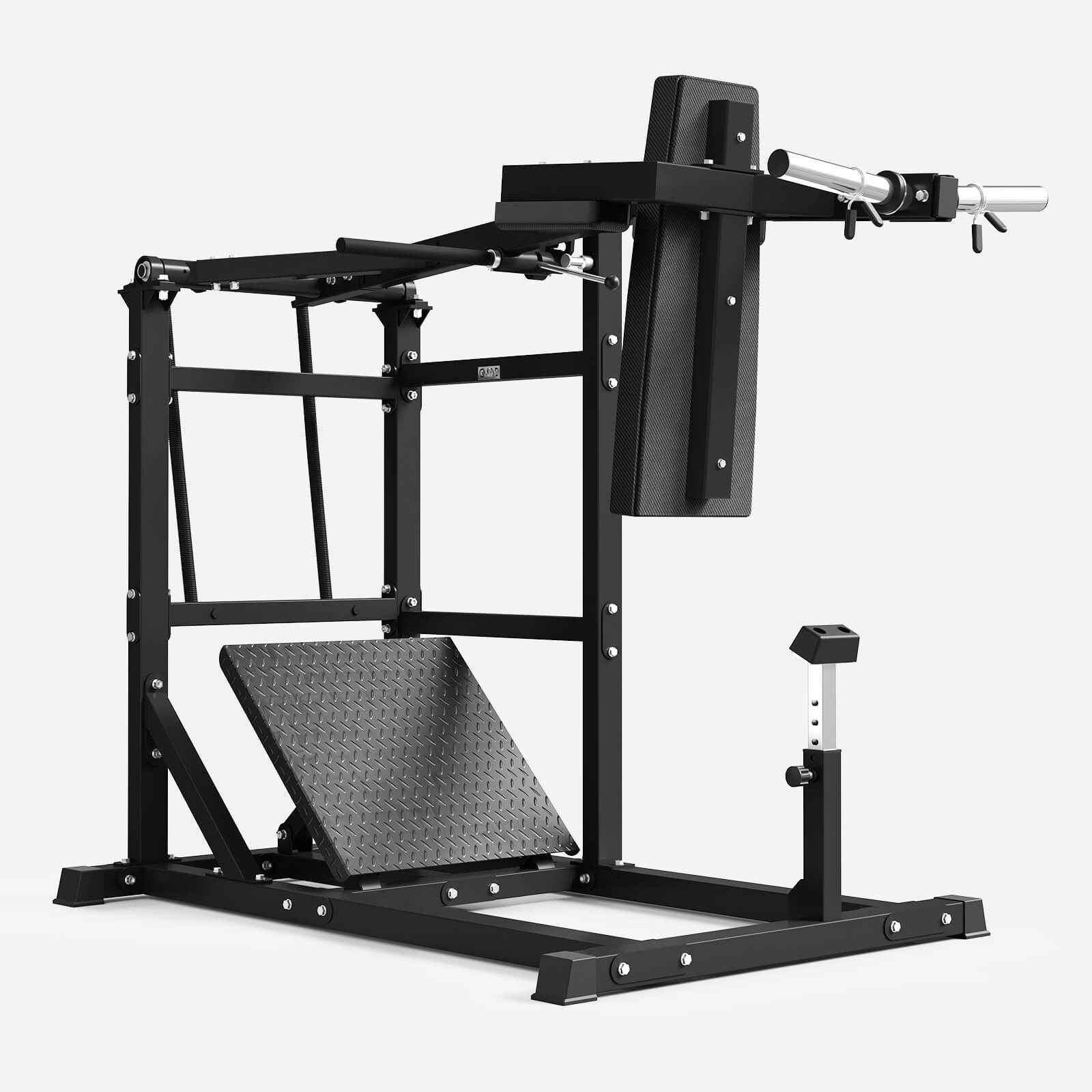
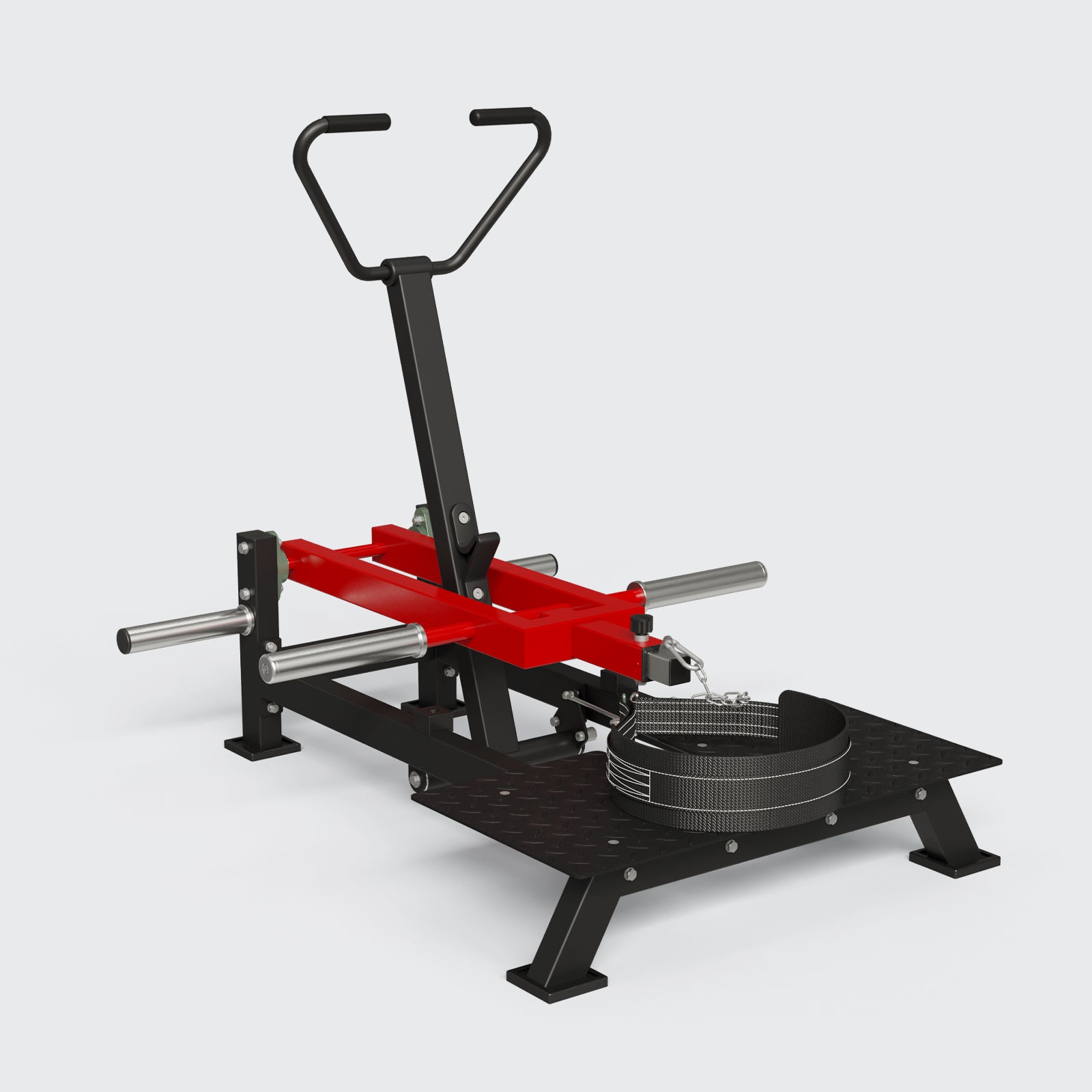
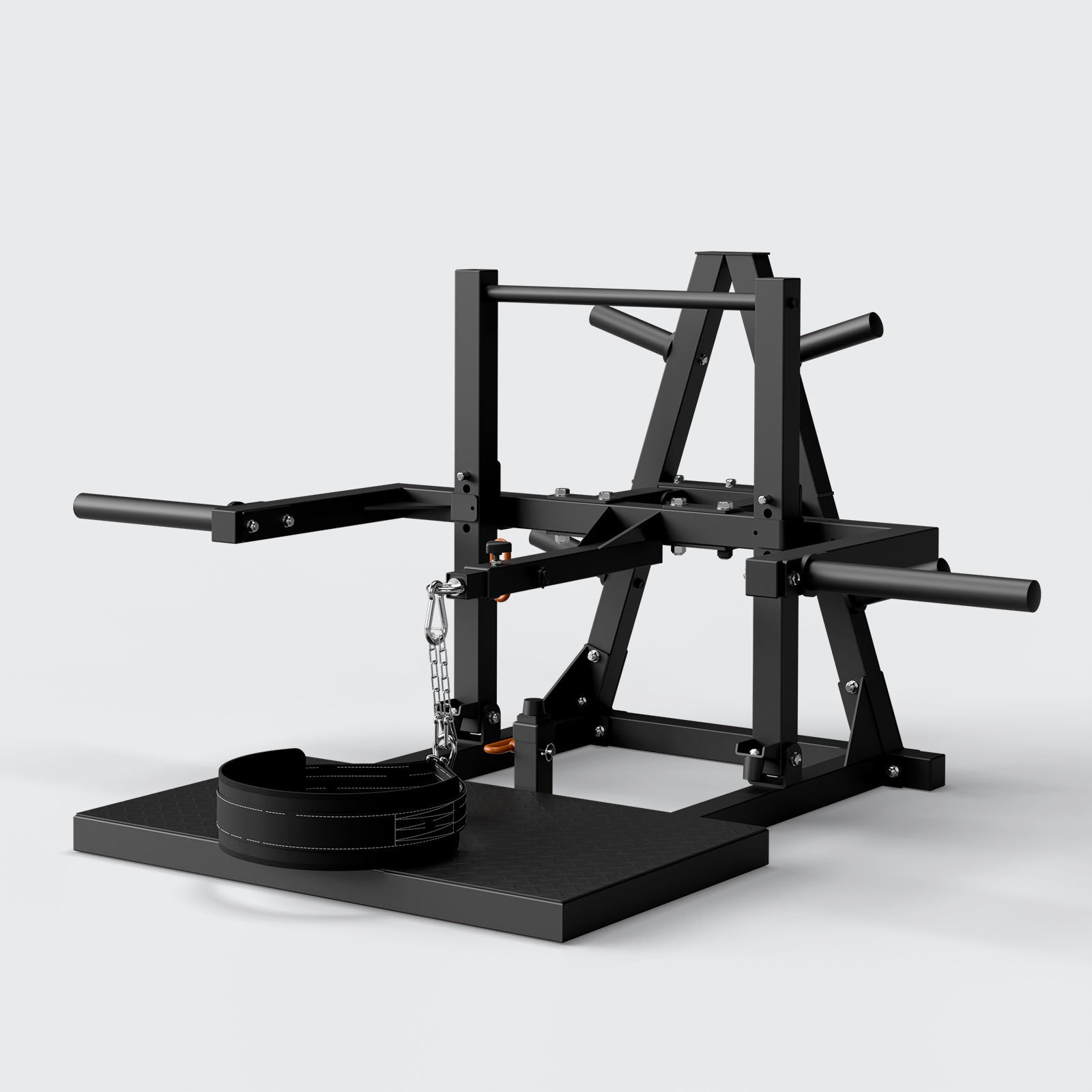

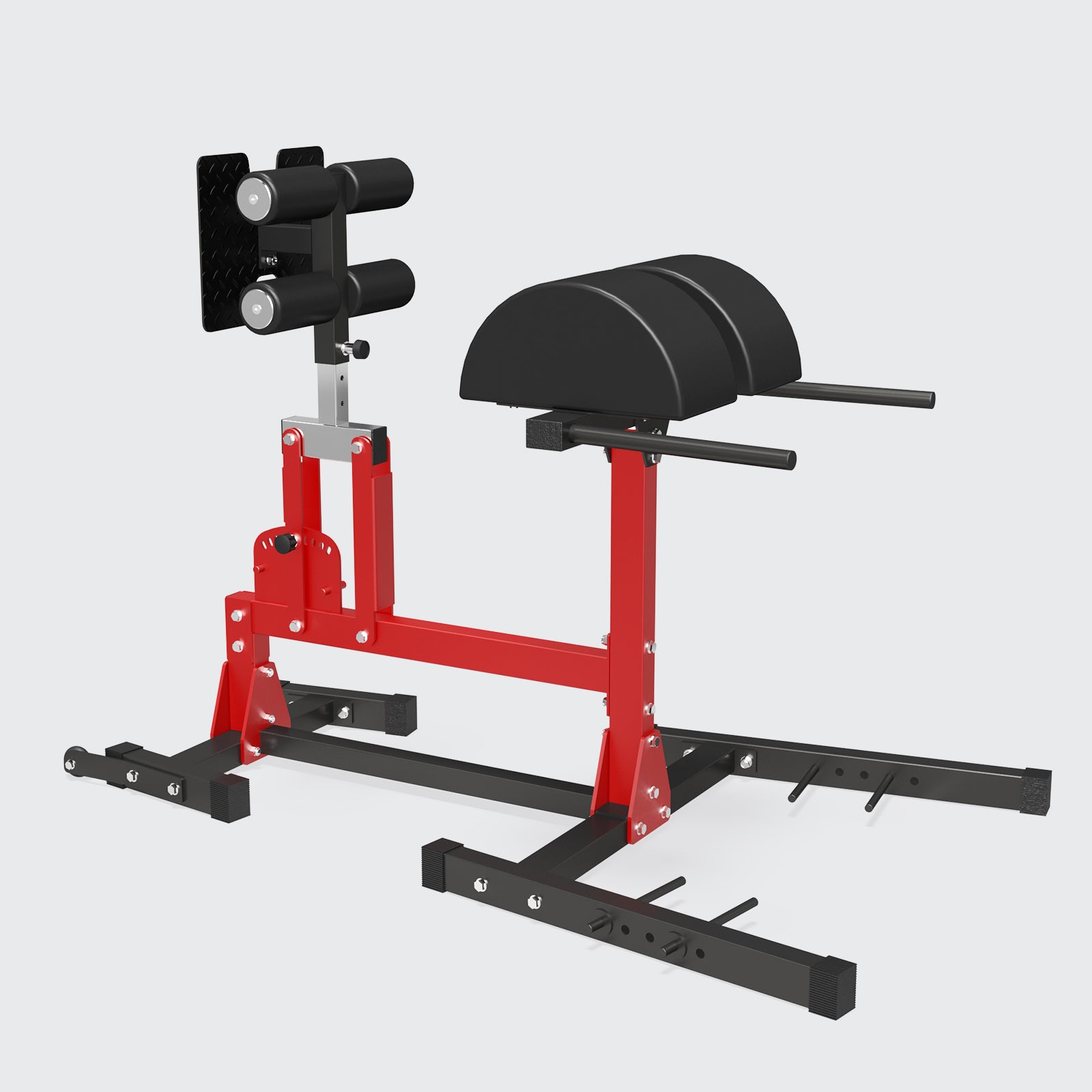
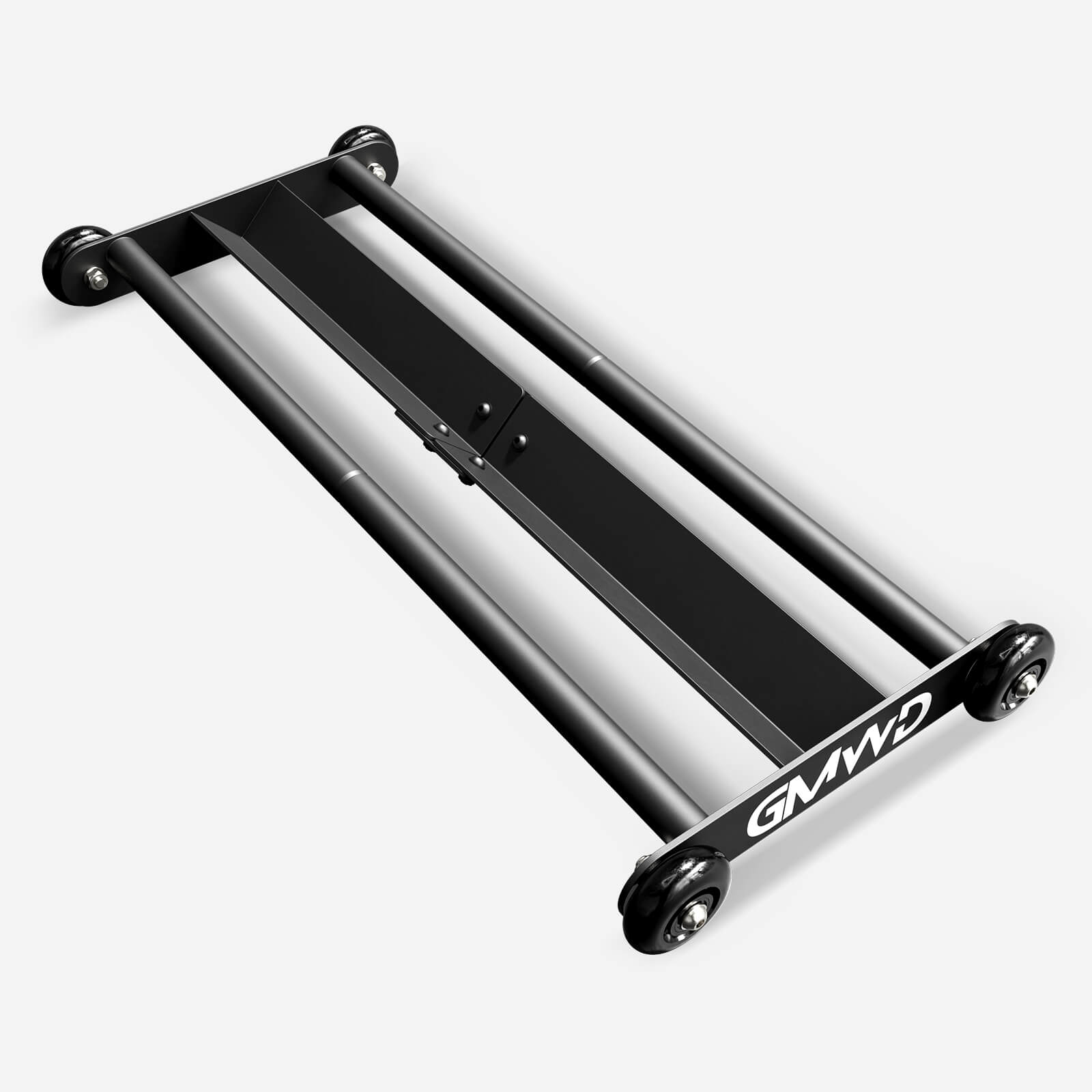
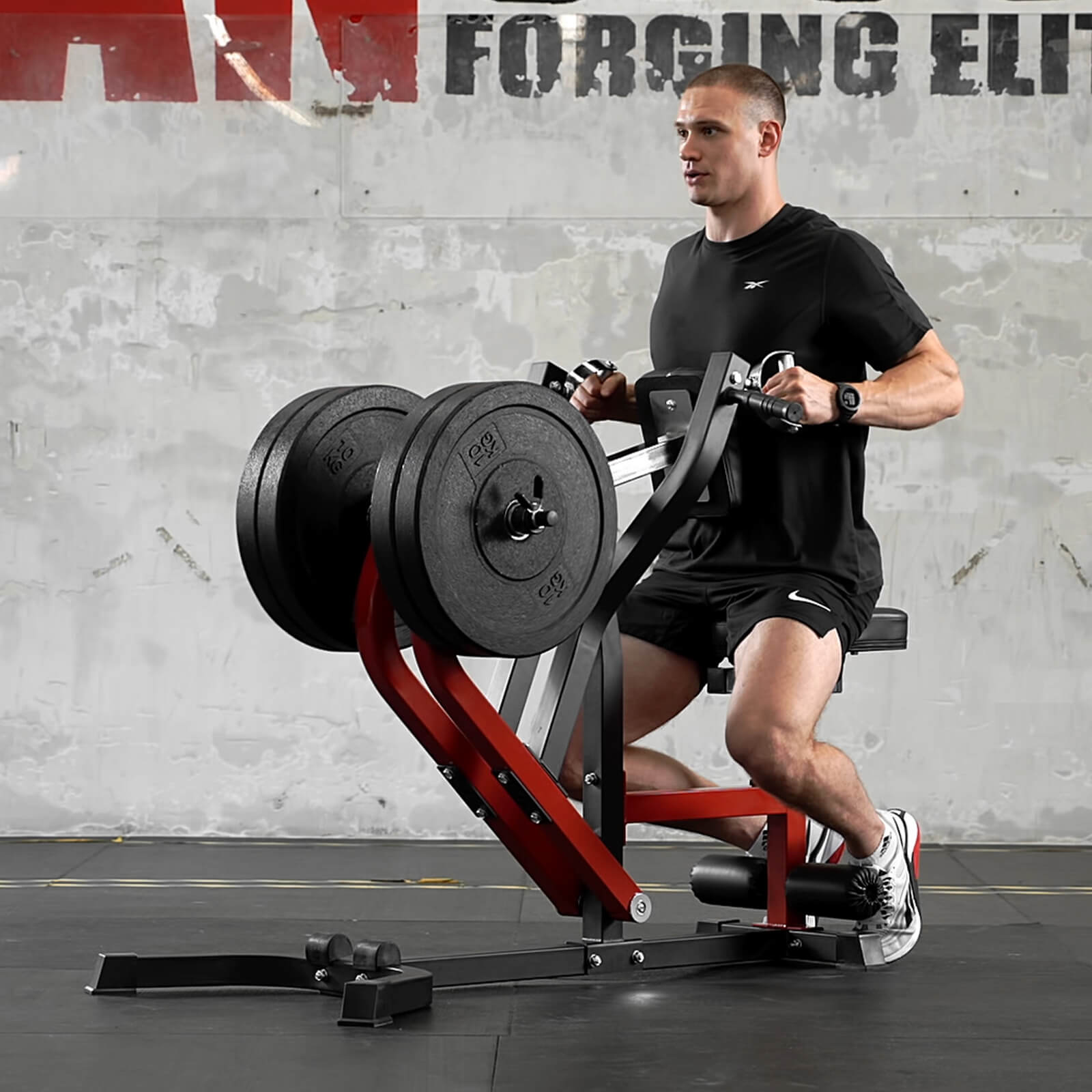
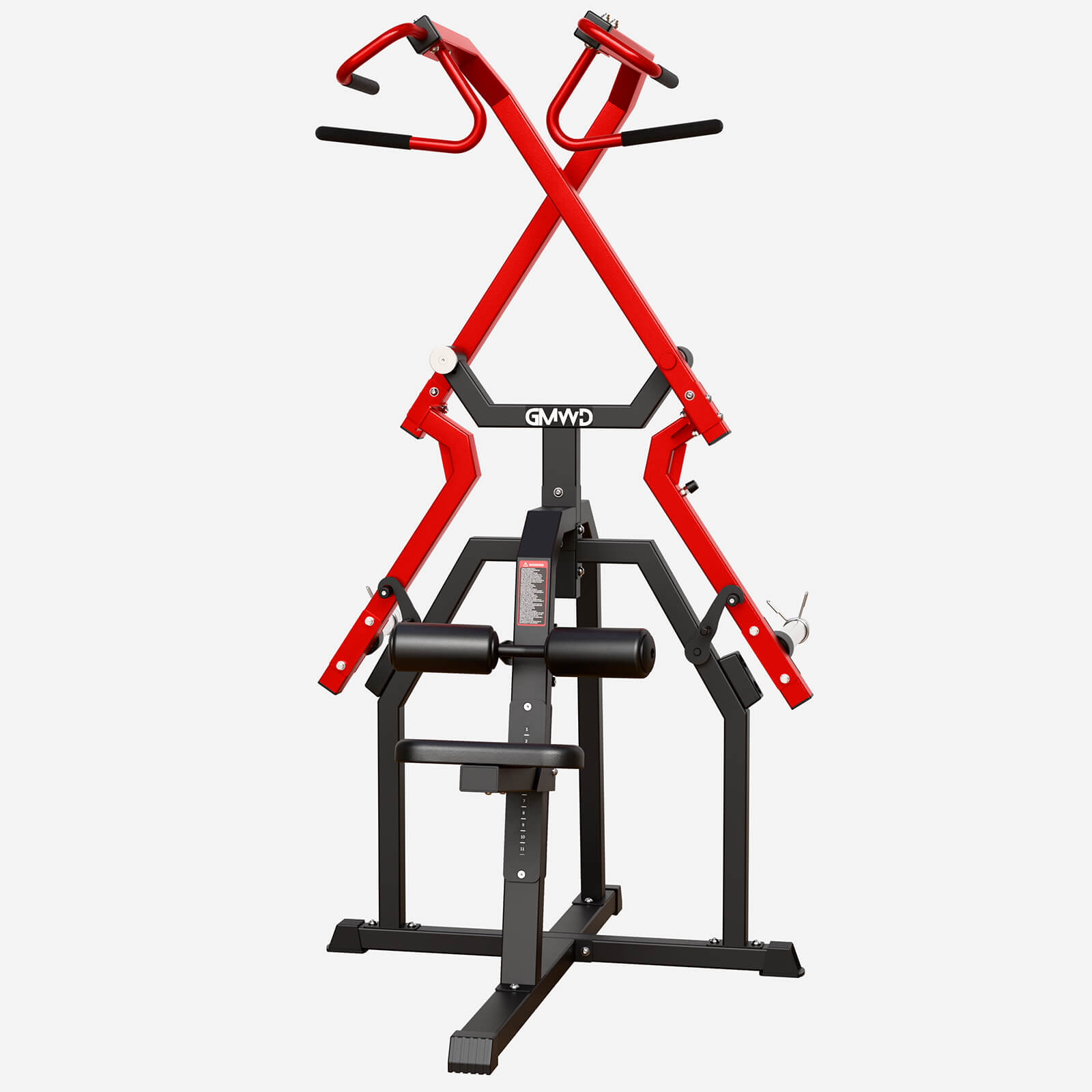
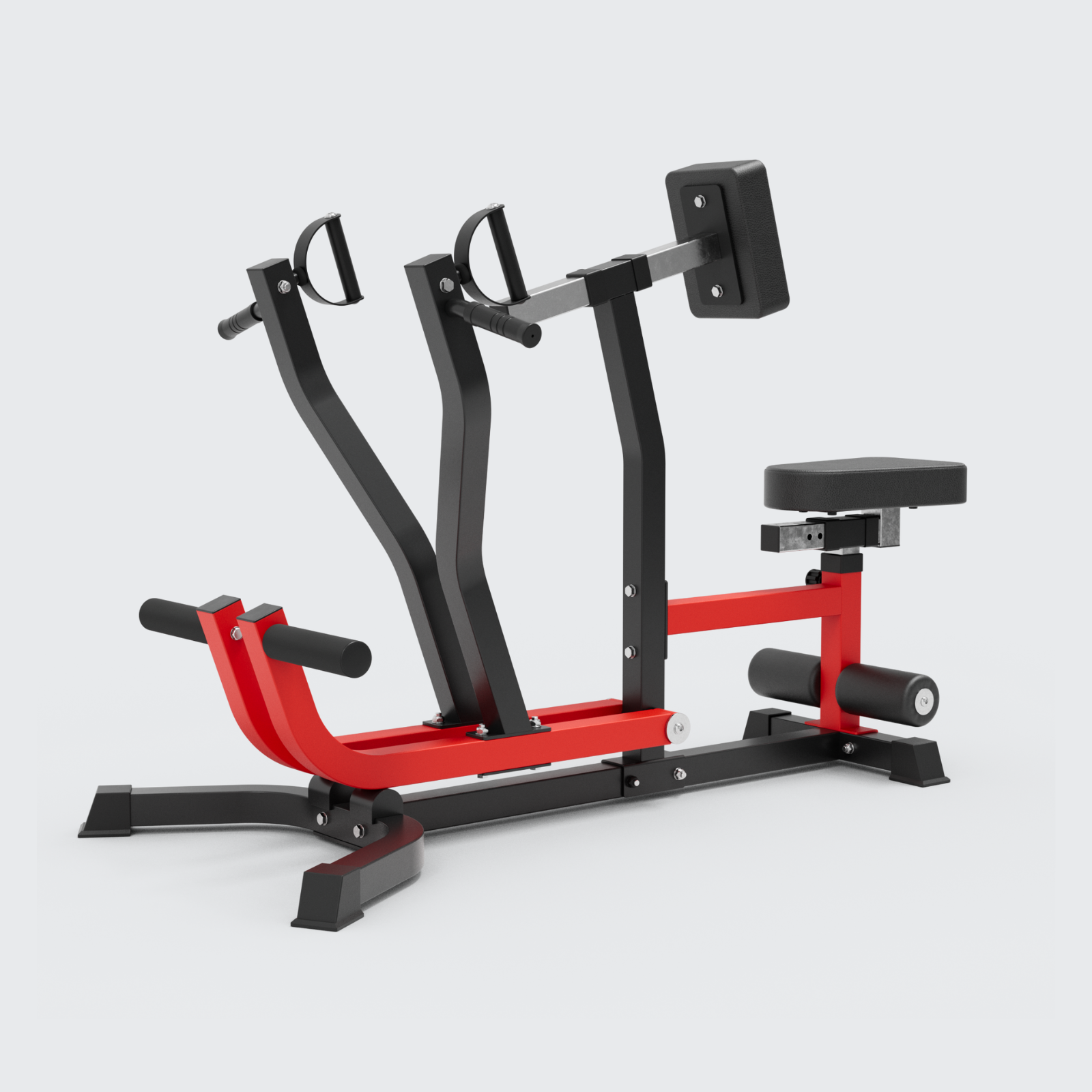
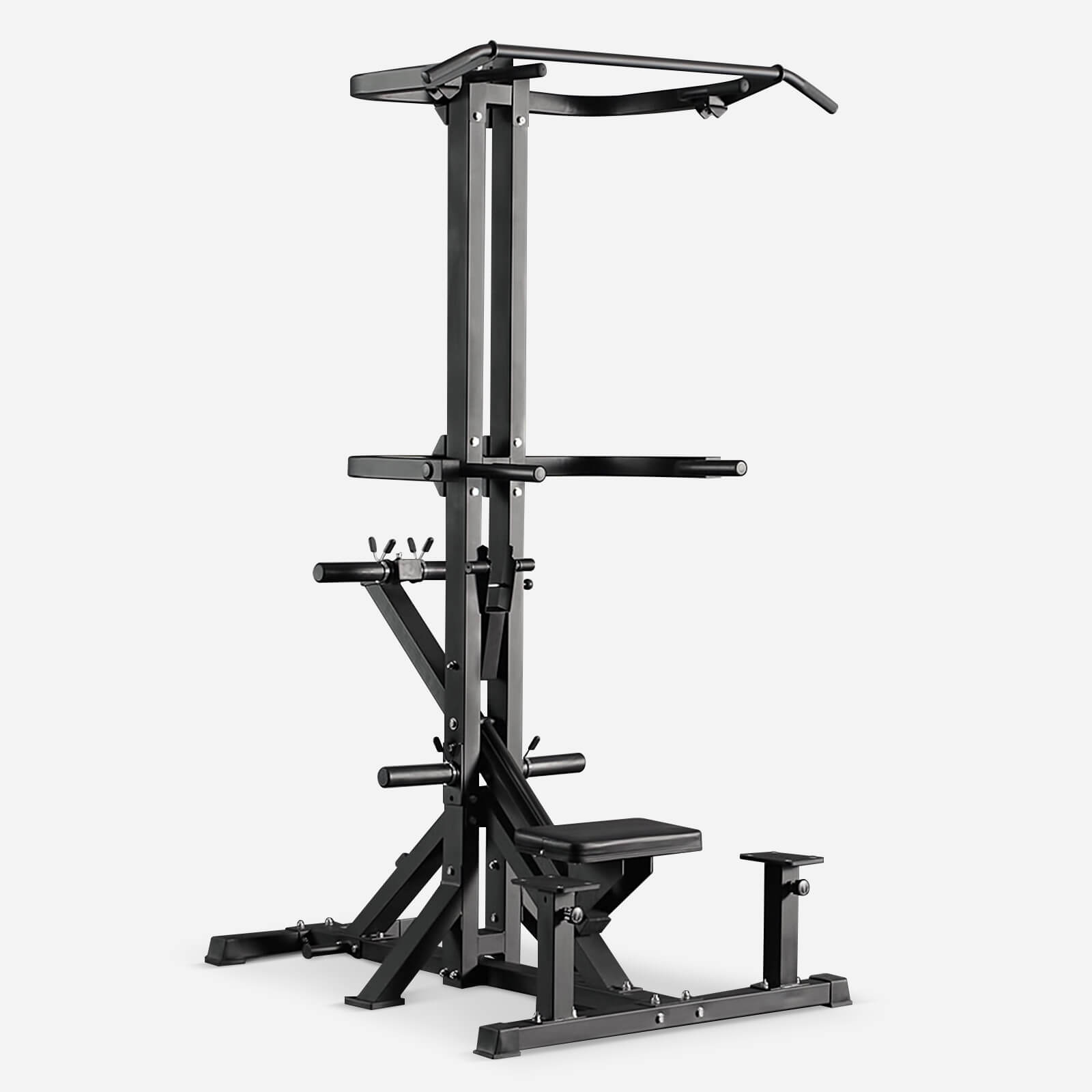

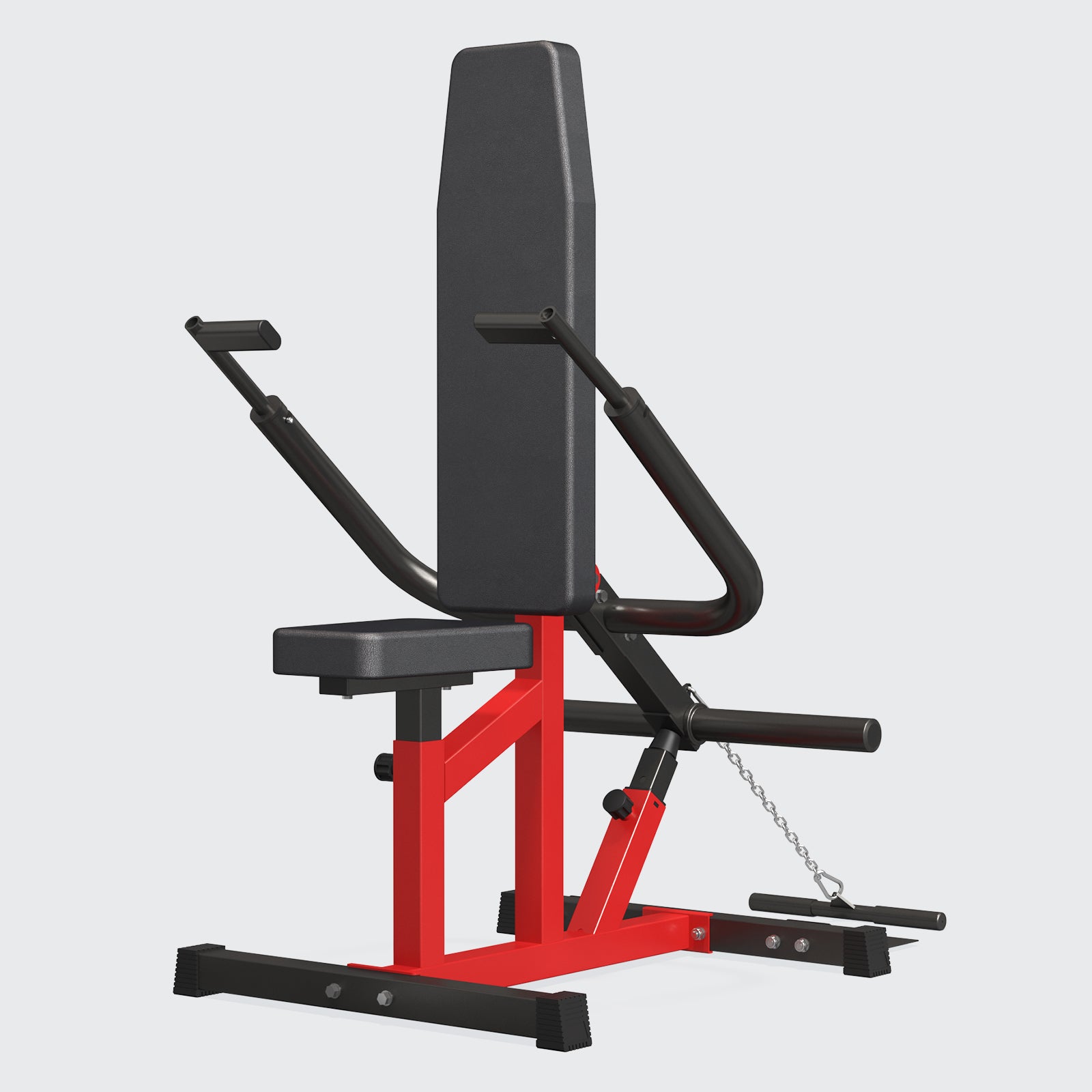
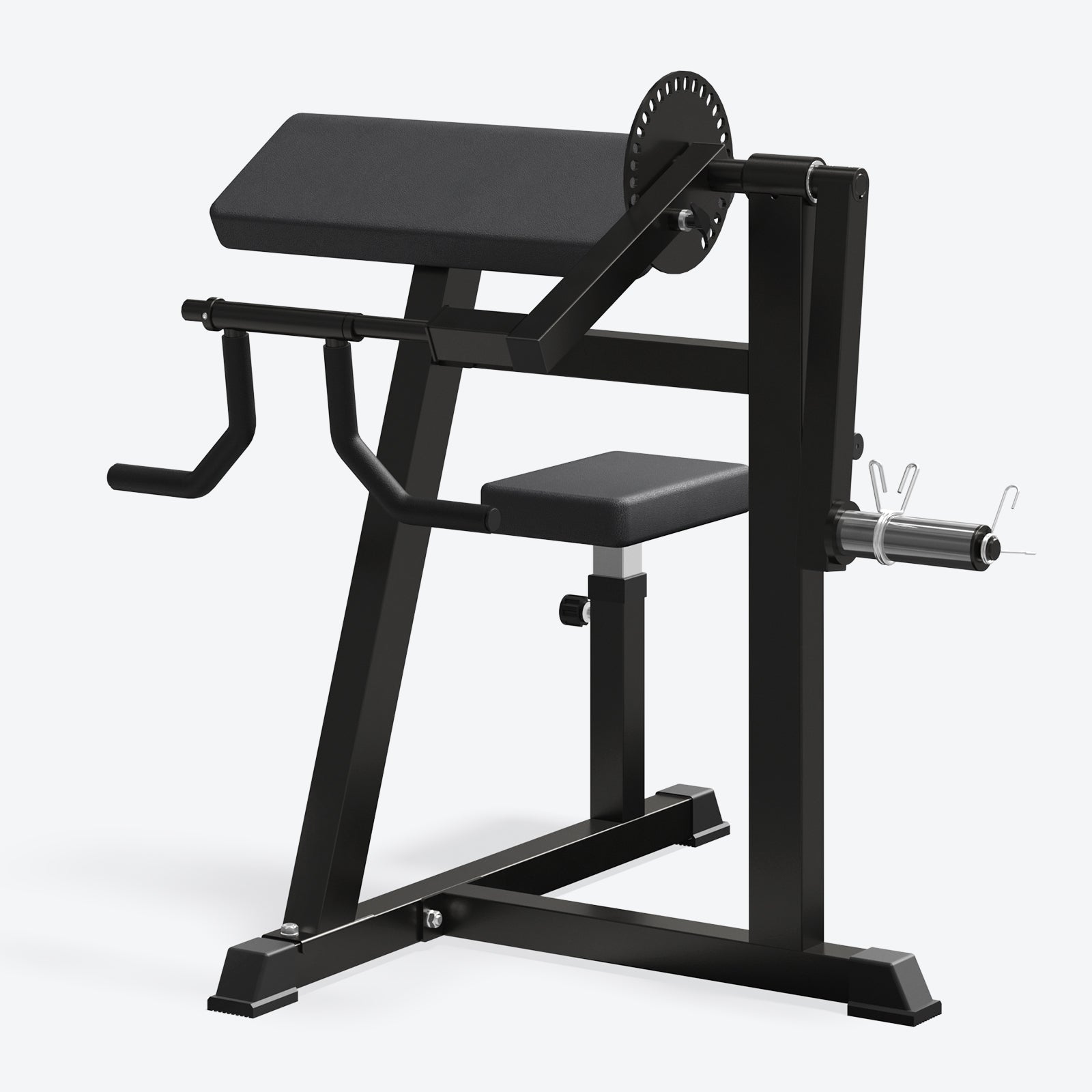
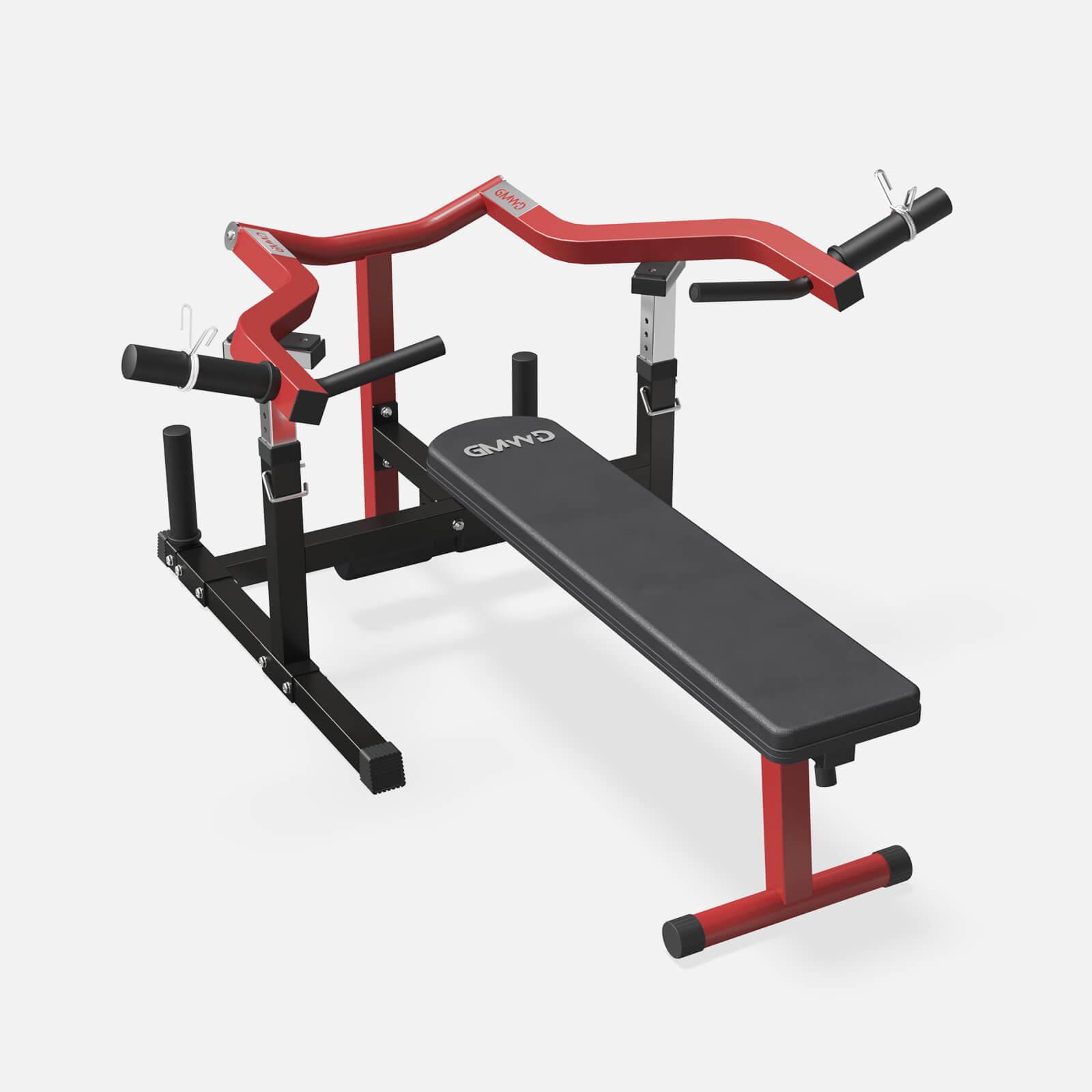
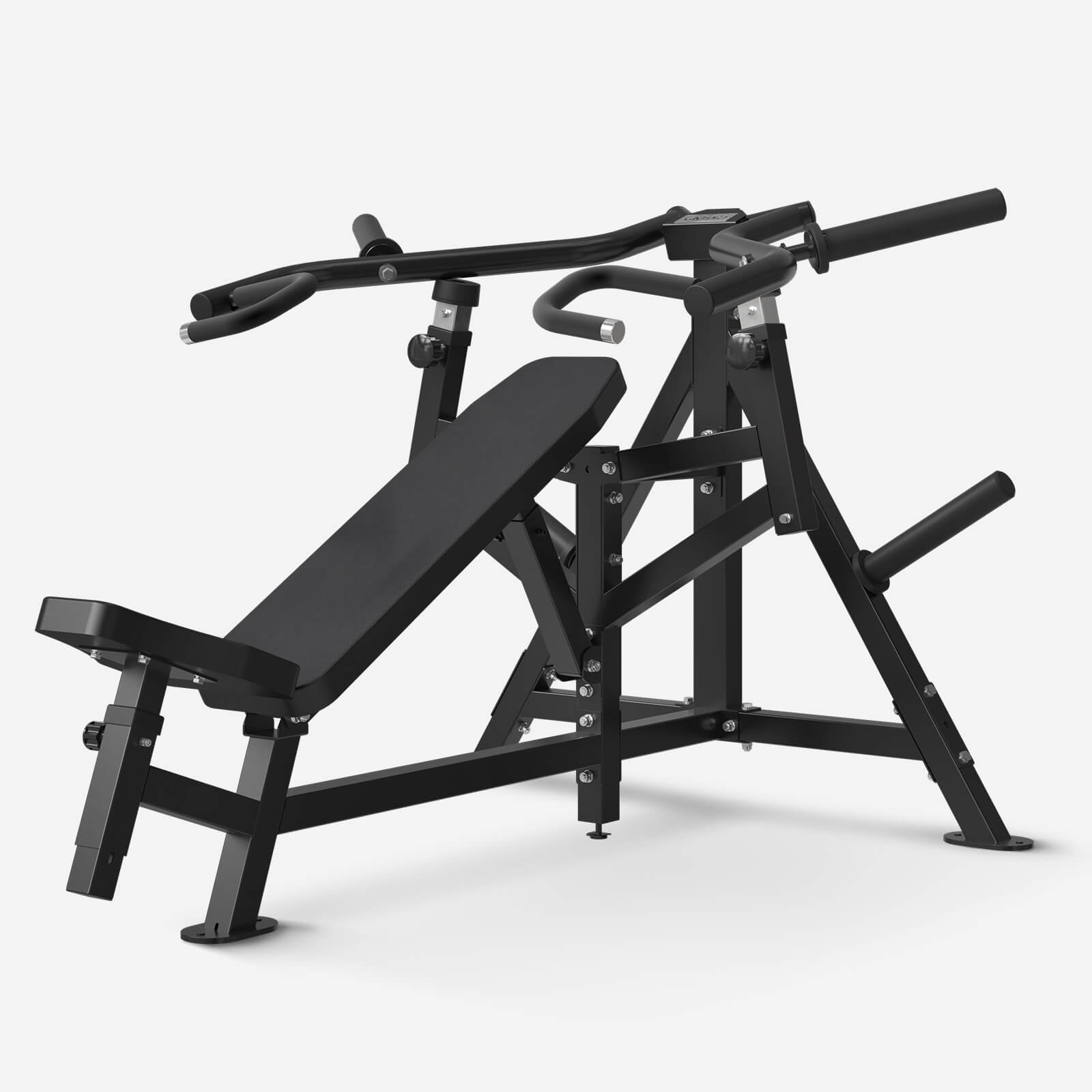
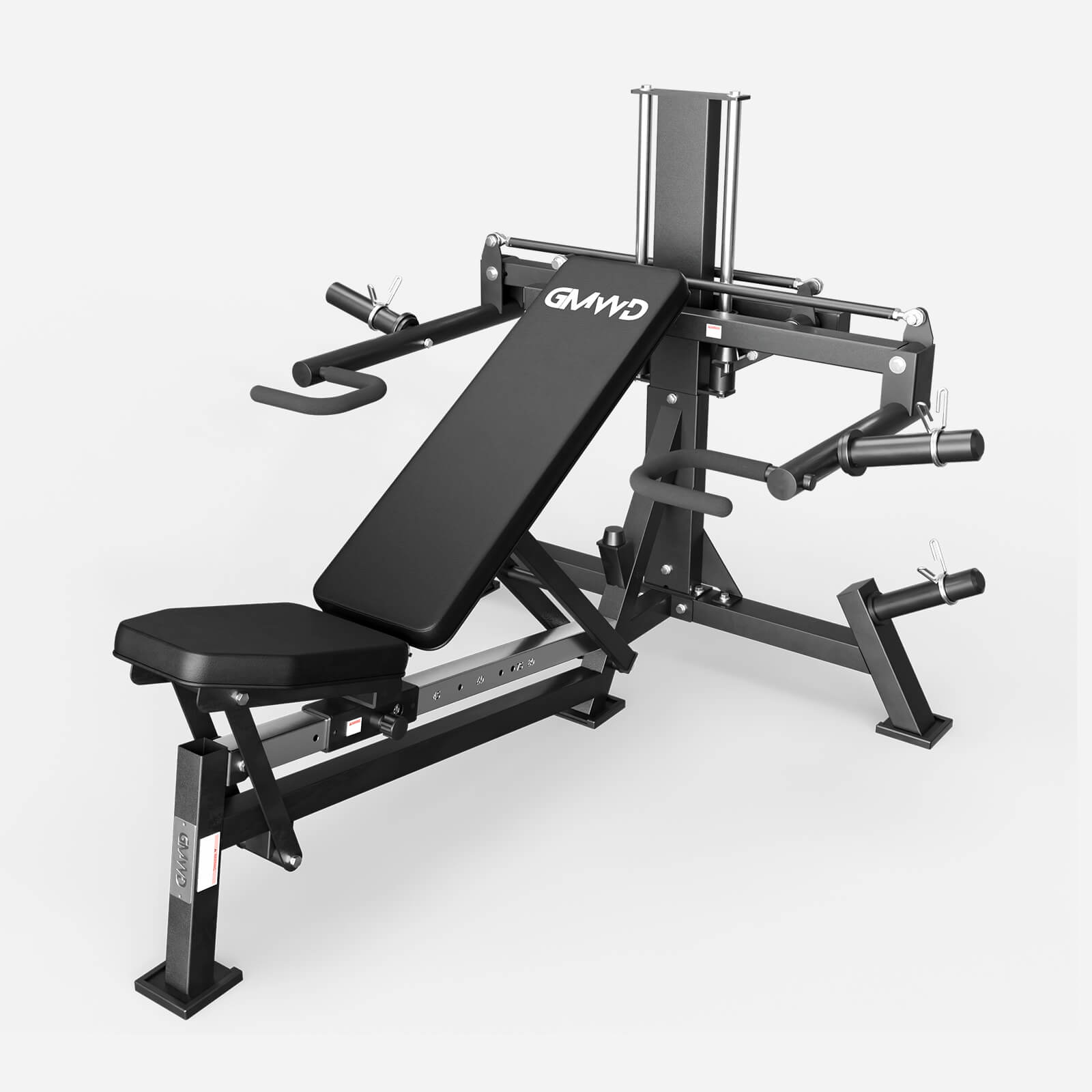
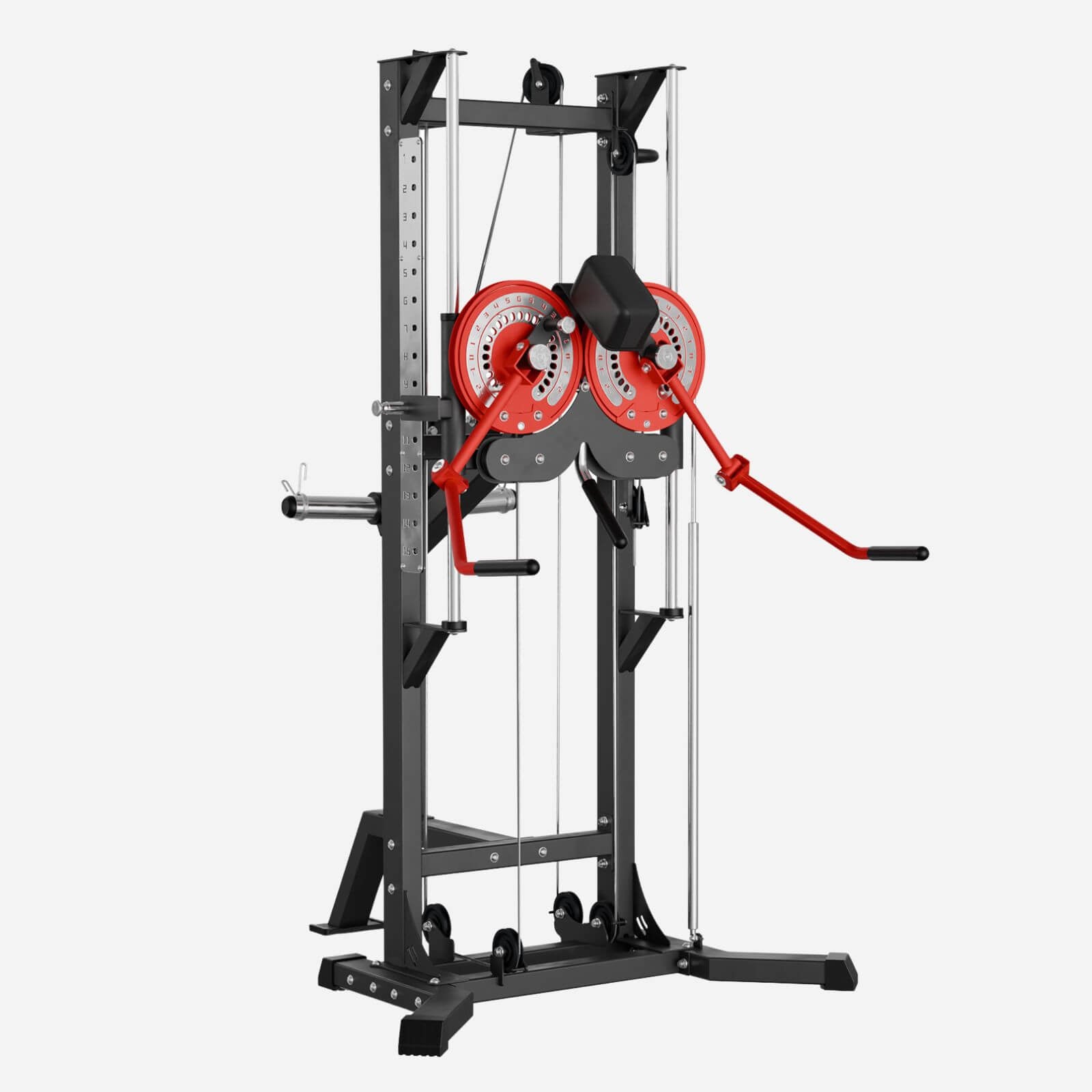
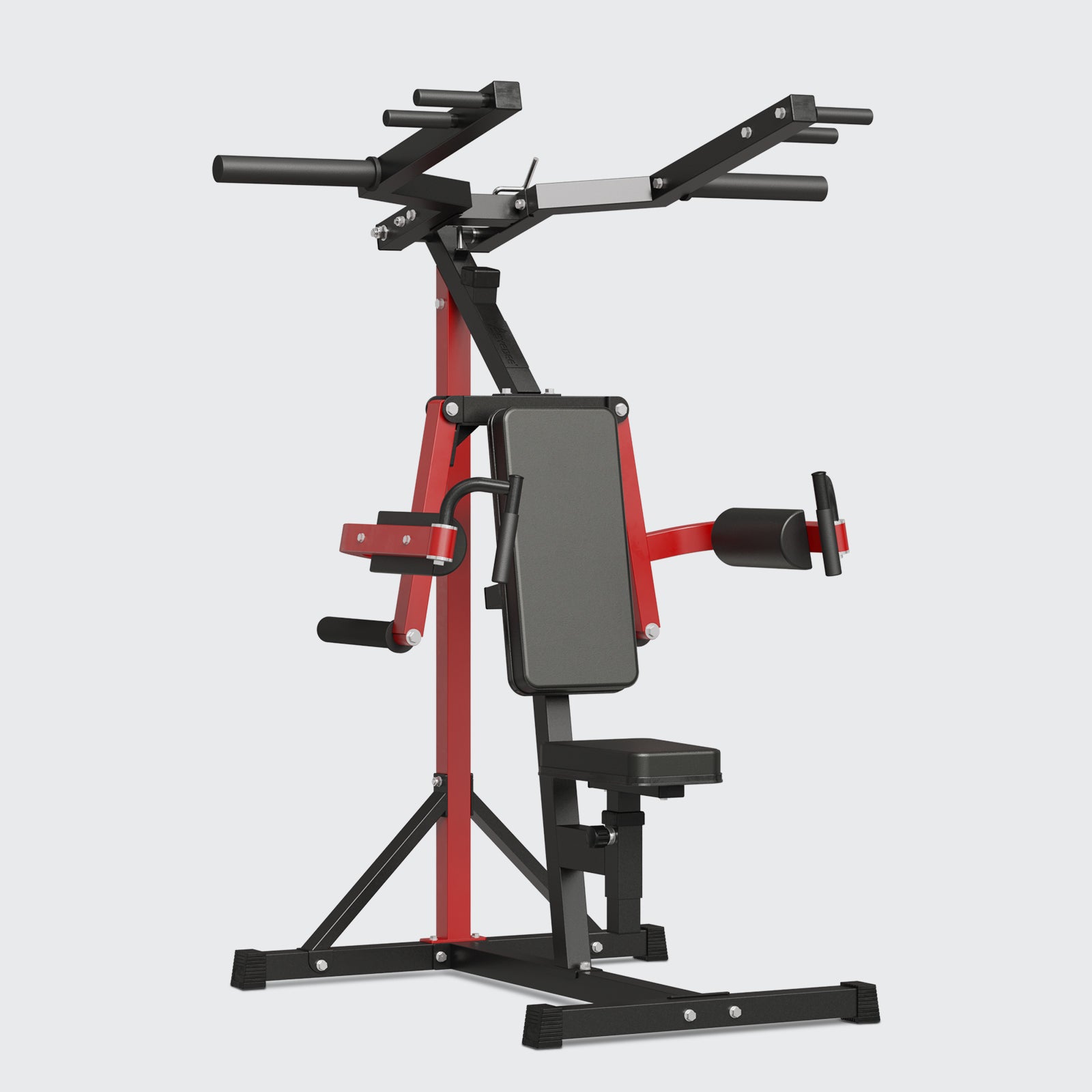
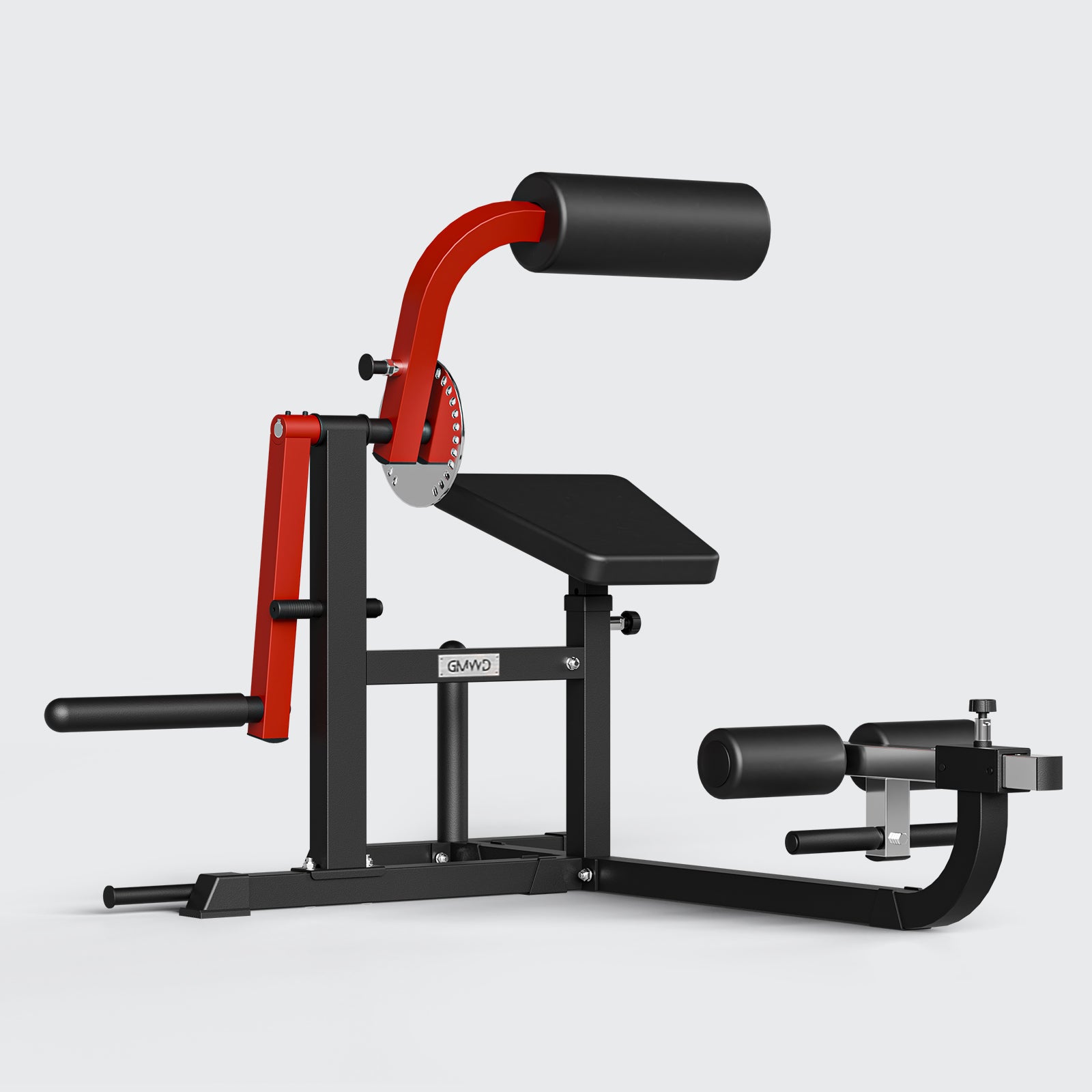
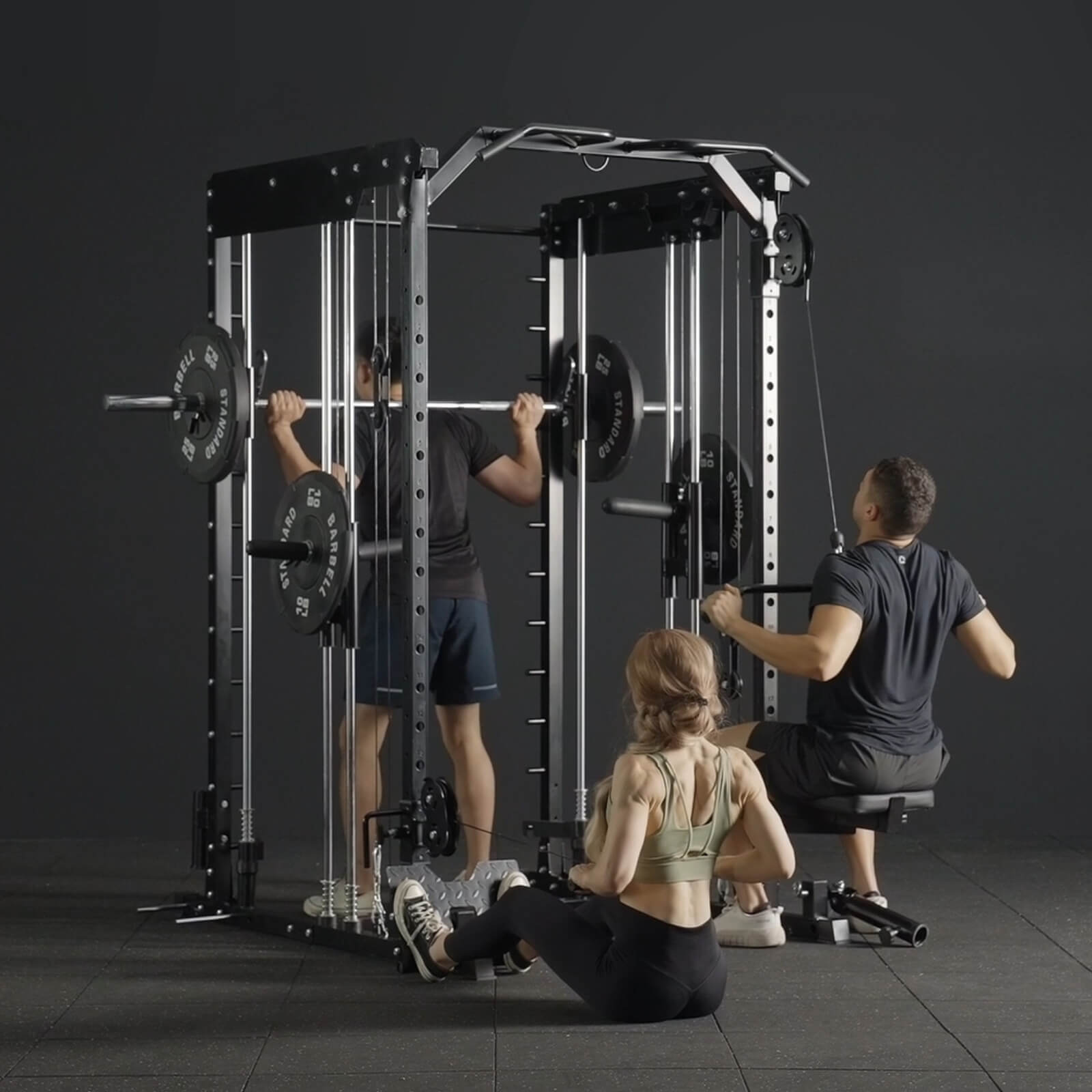
Leave a comment
All comments are moderated before being published.
This site is protected by hCaptcha and the hCaptcha Privacy Policy and Terms of Service apply.